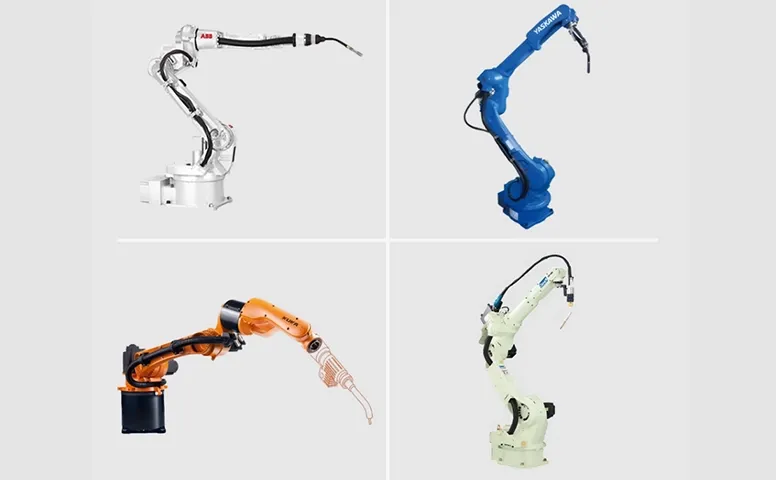Robot welding operator is a person who manages welding operations within automation systems and ensures the efficient progression of the production process. These operators effectively use robotic software and welding equipment.
Robot welding operator is responsible for many stages on the production line, from the installation of welding robots to daily inspections. By detecting errors early, they contribute to quality control processes. Additionally, the operator may activate different welding techniques depending on the type of material used. Today, the increasing demand for automation in the manufacturing industry is raising the need for specialized operators in this field.
The duties of a robot welding operator include:

